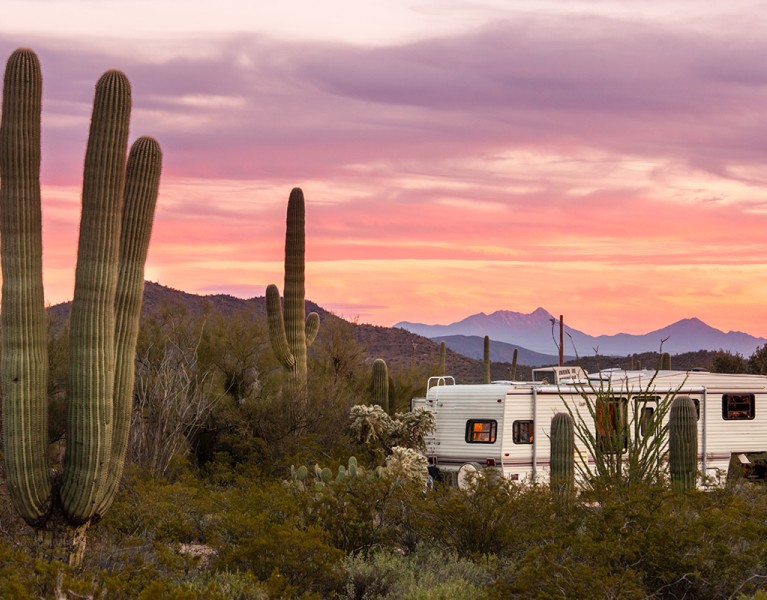
All You Need To Know About Desert Camping
Table of Contents [Show]
For the seasoned traveler, the desert holds a special allure. The vast expanses of rolling sand dunes, the towering cacti, and the endless skies create a sense of awe and wonder that is unparalleled. It is impossible to experience the desert more authentically than by camping under the stars.
Desert camping is a truly unique and rewarding experience, offering breathtaking views, solitude, and the opportunity to immerse yourself in rugged beauty. However, it's essential to be well-prepared for the harsh conditions that can be found in the desert – high temperatures, limited water resources, and the risk of flash floods and lightning storms all pose threats that can’t be ignored. In this article, we'll provide tips and suggestions for camping in the desert and highlight some of the most scenic campgrounds in the U.S.
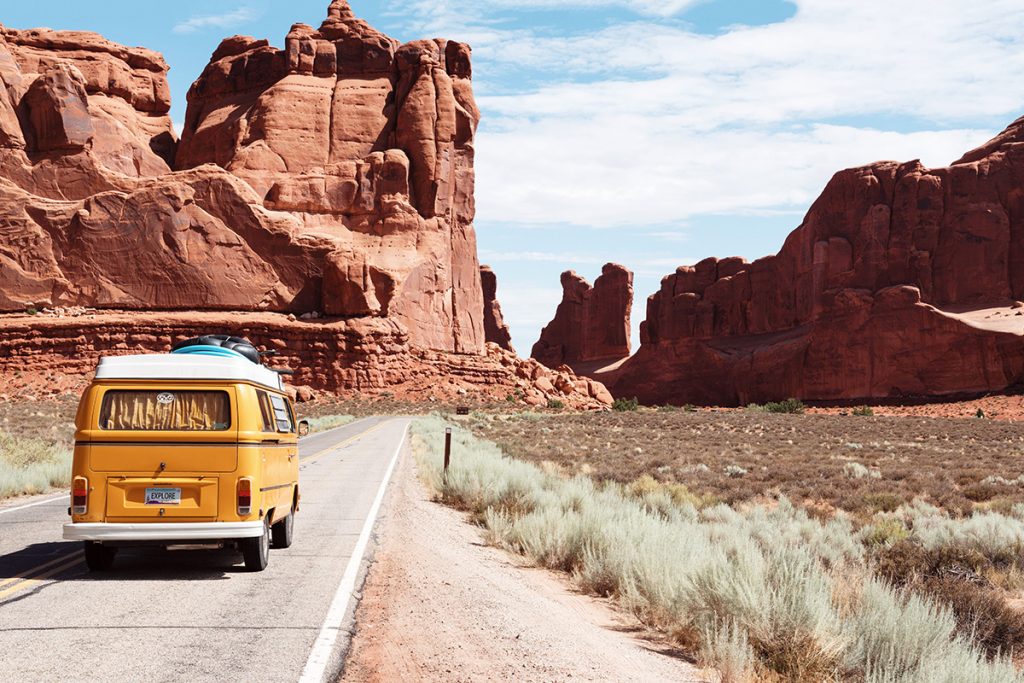
Planning for Desert Camping
Choose a Campsite
When planning a desert camping trip, it's important to research and choose a campsite that is well-suited to your needs. Many desert campgrounds are primitive, with no running water or electrical hookups, so you'll need to be self-sufficient and bring all the necessary camping gear and supplies. You'll also want to check if there are any fire restrictions at the campground, as many places require you to either make a fire in a designated fire ring or have a permit for an open flame.
Bring a Tent
It might be tempting to plant your sleeping bag in the sand and fall asleep under the stars while in the desert, but it’s not recommended. At night, the desert can get pretty chilly and you’ll want the extra protection of a tent. More importantly, it’s a good idea to sleep in a tent and keep it safely sealed in order to prevent anything dangerous from crawling or slithering inside. One thing to keep in mind when tent camping in the desert – make sure that anything that can get damaged by excessive heat (like cell phones or laptops) is removed from the tent during the day.
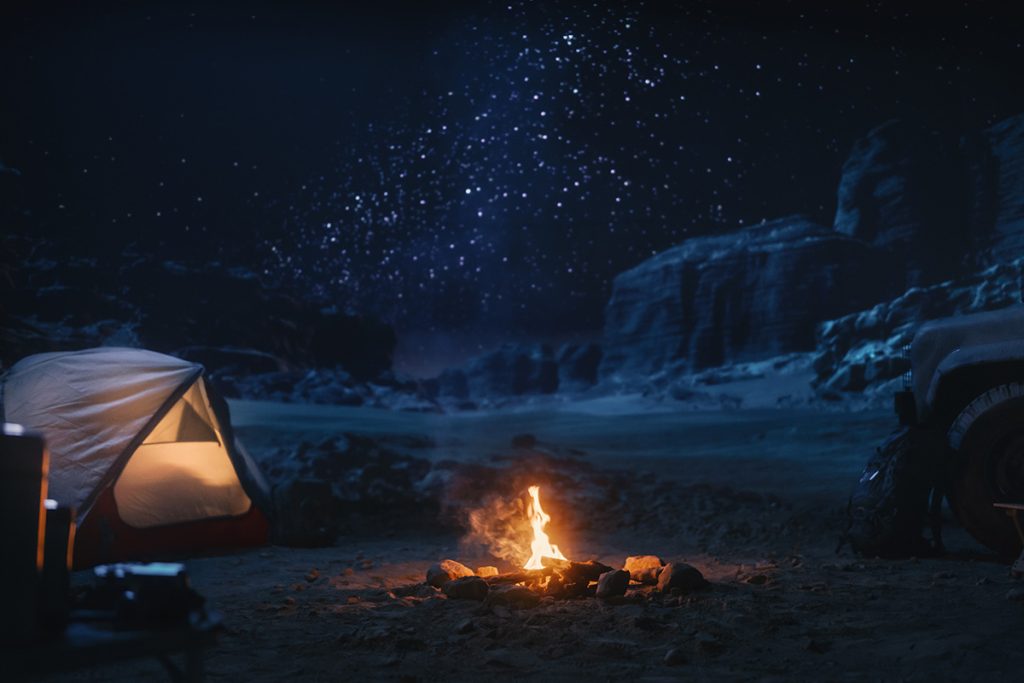
Dress for the Weather
Temperatures in the desert can fluctuate significantly between day and night. You will need to prepare by having the proper clothing and protection. Hiking under the scorching daytime sun requires lightweight, breathable clothing and sun protection such as wide-brimmed hats, sunglasses and sunscreen. Temperatures can drop dramatically at night, so you'll want to pack warm clothing and proper sleeping gear. For what to wear while hiking in unpredictable desert weather check out these clothing essentials.
Drink Plenty of Water
When it comes to desert camping, water is the most important element to consider. In many desert campsites water is scarce, so it's crucial to bring plenty of drinking water with you. It is recommended to drink at least 1 gallon daily while in the desert. This amount will vary depending on your level of exertion and heat exposure, but always have water on hand and know the signs of dehydration before it’s too late:
To prepare for your desert camping experience, practice drinking water even when you don't feel thirsty. While out in the desert, you should consistently drink water whether you are thirsty or not.
Equip your Vehicle
Getting stranded in the desert is no joke. Before your trip, make sure your vehicle is equipped for desert travel and the harsh environment. If you’ll be off-roading, bring a vehicle that has four-wheel drive and a high clearance.
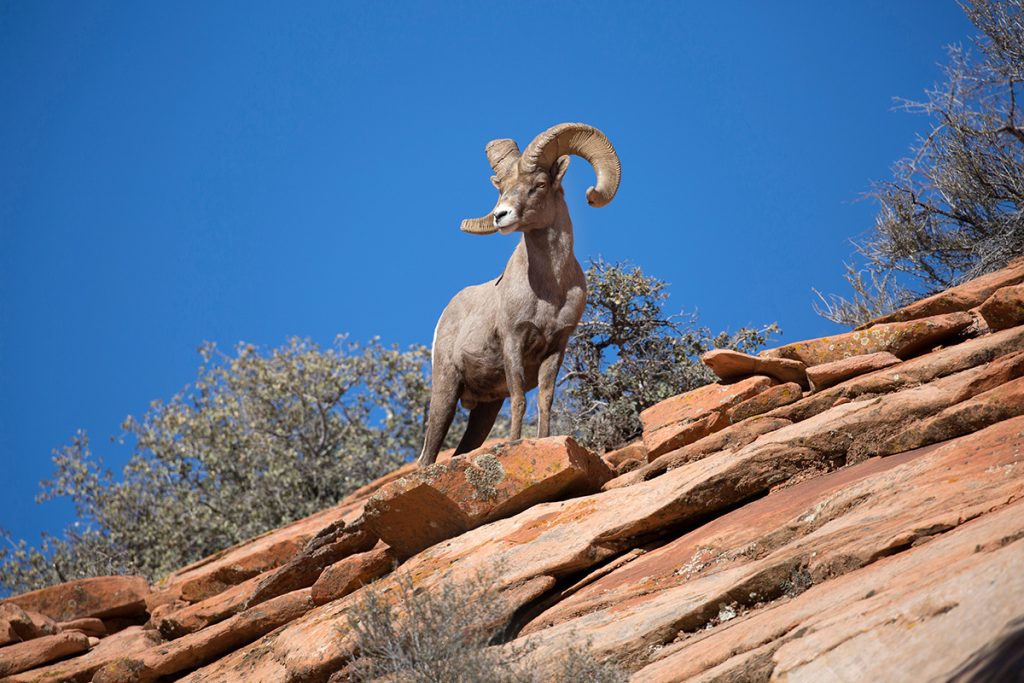
Unique Flora and Fauna
Exploring the unique flora and fauna is one of the most exciting experiences while desert camping. The desert hosts some of the most iconic plants on the planet. The cactus, with its thick, fleshy stems, is one spiky succulent that has adapted to thrive in harsh climates. Some favorites include the saguaro, the prickly pear and the organ pipe cactus. But the desert isn't just about cacti – it's also home to other fascinating desert plants such as the yucca, creosote bush and aloe.
The desert is also home to an array of animal life. Desert mammals include the coyote, kit fox, desert bighorn sheep, prairie dog and rabbit. Birds such as the roadrunner, golden eagle, and desert sparrow are also commonly found among the dunes. Many desert animals are nocturnal, so they may be harder to spot during the day. But if you're lucky, you might catch a glimpse of a coyote or roadrunner early in the morning, before the sun rises. Just remember to give wildlife their space and respect the desert ecosystem.
Dangers in the Desert
One of the biggest dangers in the desert is heat stroke. Heat stroke occurs when the body's temperature rises to dangerous levels, and the body's cooling mechanisms fail to bring the temperature down. Symptoms include a high body temperature, red, hot, dry skin, a rapid pulse, and a headache. Heat stroke can be life-threatening, so it's essential to be aware and to take steps to prevent it. You can avoid heat stroke by staying well-hydrated, wearing breathable clothing and taking multiple breaks on long hikes.
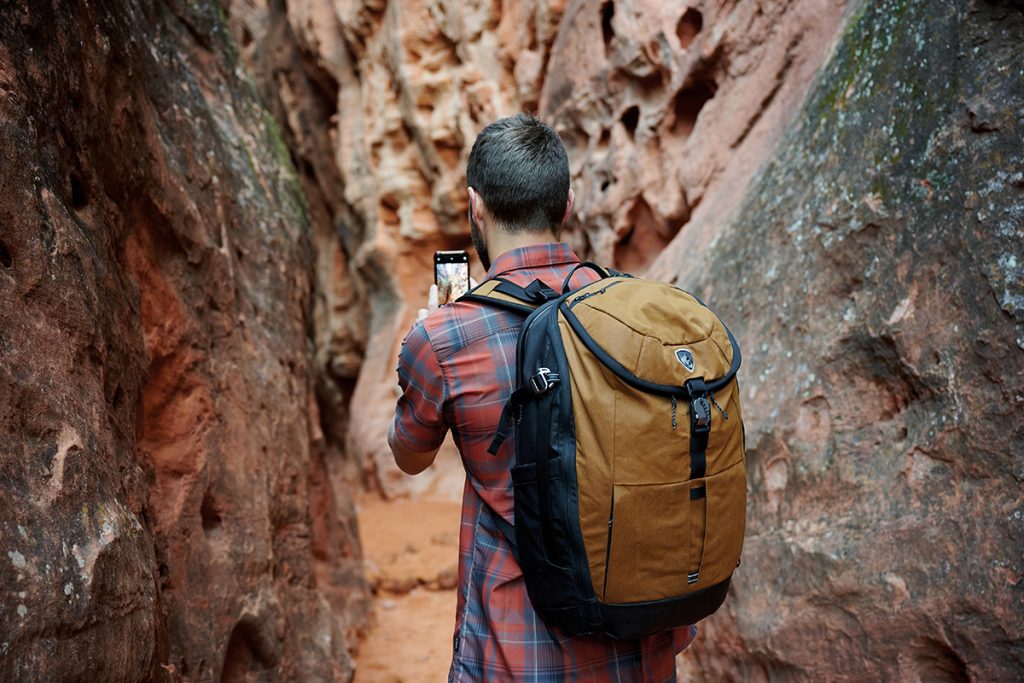
You won’t find any trail markers or major landmarks in the desert. Because of this – and the heat of the sun – it can be really easy to become disoriented and get lost. The desert is not a place you want to wander around in for hours, so plan on bringing a good map or a GPS unit. If you get cell coverage, make sure your phone is well charged before heading out. If you travel alone, always make sure you tell someone about your plans.
It may be hard to believe that there could be dangerous water conditions in the desert, but when storms pop up, the desert is one of the most dangerous places to be – especially if you are camping in the wrong place. Flat, dry areas called washes are tempting spots to pitch a tent, but when an unexpected rainstorm occurs these washes become fast-moving rivers. Drowning caused by flash floods are one of the leading causes of death in the desert. Stay vigilant, keep your eye and ear on the weather, don’t camp in low-lying areas and have a plan for escaping a storm, if necessary.
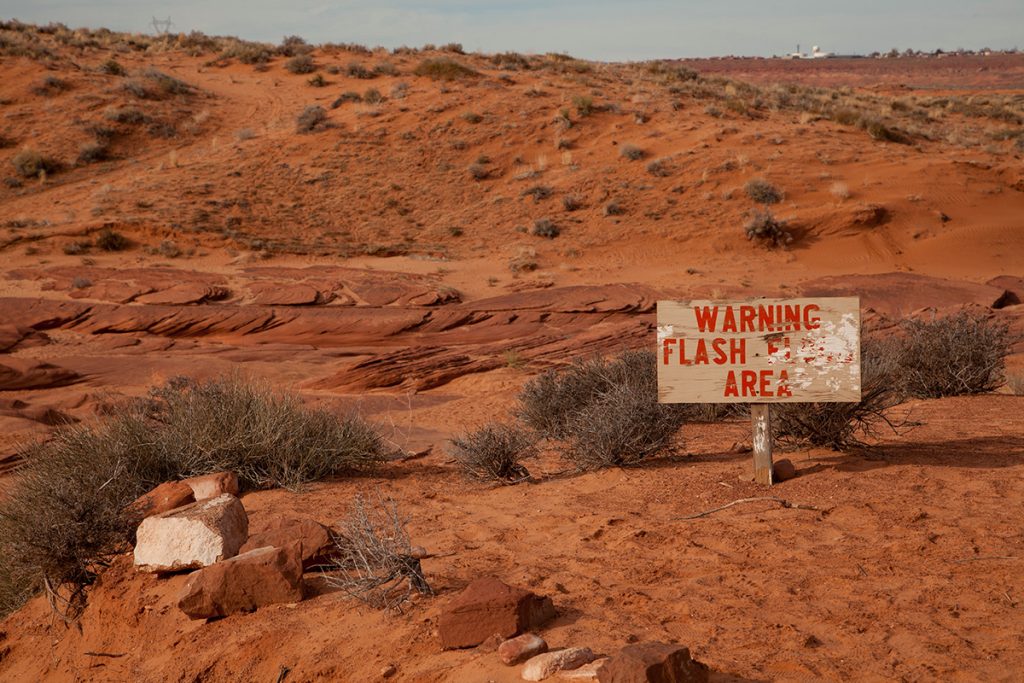
While there’s a lot of beauty in the desert, the ugly truth is that it’s also filled with critters that pack a venomous punch. Some of these include the infamous rattlesnake, the scorpion and spiders like the brown recluse and black widow. It's vital to take precautions when in the desert. Be aware of your surroundings, wear protective clothing and boots and get familiar with the characteristics of the venomous animals in the area.
If you suspect that you have been bitten or stung, seek medical attention immediately. If you plan on camping a lot in the desert, you may want to purchase a snakebite kit. The kit contains an extractor pump to remove venom and most pumps are also effective in treating bee or wasp stings.
Desert Campgrounds
Pack plenty of water and bring your sun protection, it’s time to pick the perfect spot for your amazing desert camping experience. Let's take a look at some of the most scenic campgrounds in the U.S.:
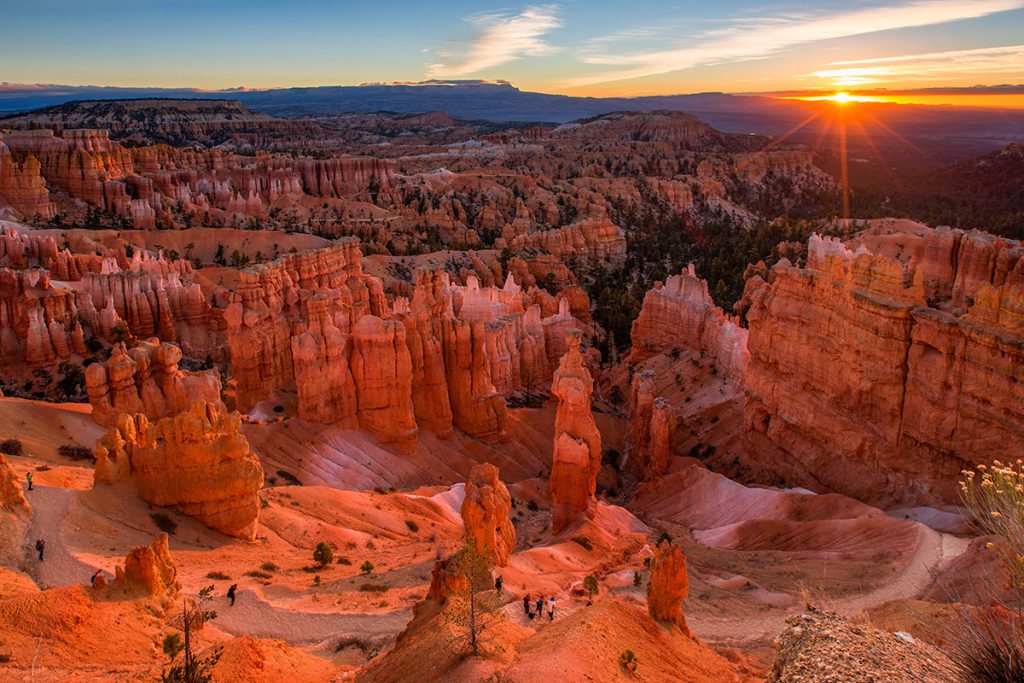
This park is famous for its hoodoos, a type of rock formation that takes the shape of tall, thin spires. The park offers a variety of camping options, including developed campgrounds and backcountry camping. Bryce Canyon’s stunning red rock landscape is a must-see for any desert camping enthusiast.
Located near Tucson, this park is home to the iconic saguaro cactus, which can grow to over 50 feet tall! The park offers plenty of amazing camping options, including RV and tent camping, as well as backcountry camping. The beautiful desert landscape is perfect for hiking, bird-watching and stargazing.
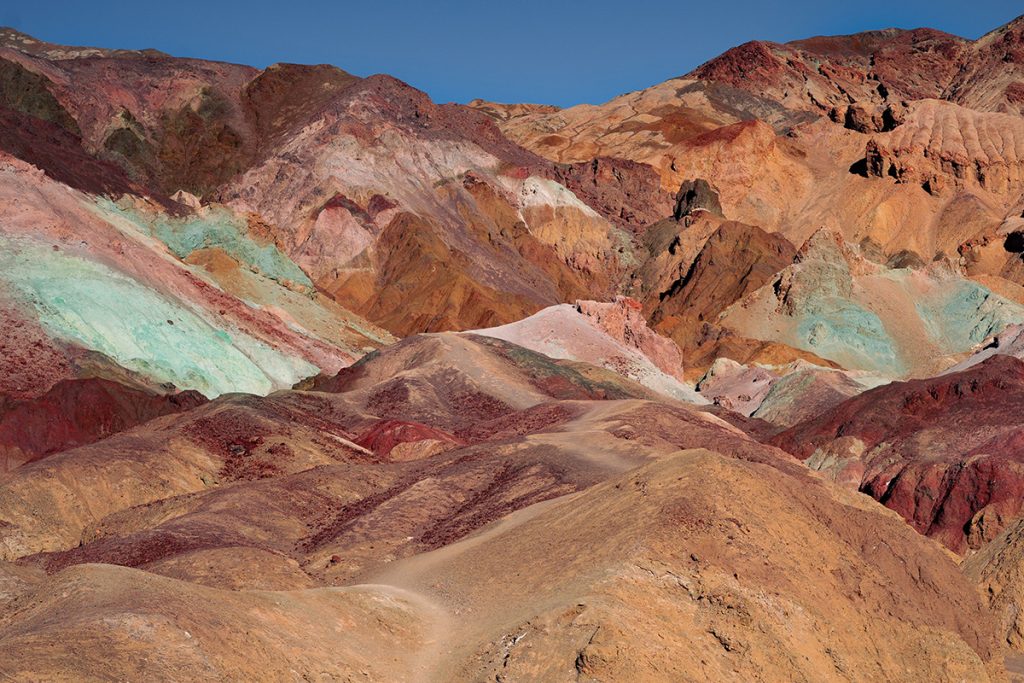
This vast park, located in the heart of the Mojave Desert, is home to some of the most extreme desert conditions in the world, with temperatures that can reach up to 134 degrees Fahrenheit. The park provides RV and tent camping, as well as backcountry camping. The rugged and otherworldly landscape is truly a sight to behold.
Canyonlands offers up deep canyons, towering mesas and rugged wilderness. The park is divided into three main districts: the Island in the Sky, the Needles and the Maze. Each district offers unique and spectacular scenery, as well as a variety of outdoor recreational opportunities.
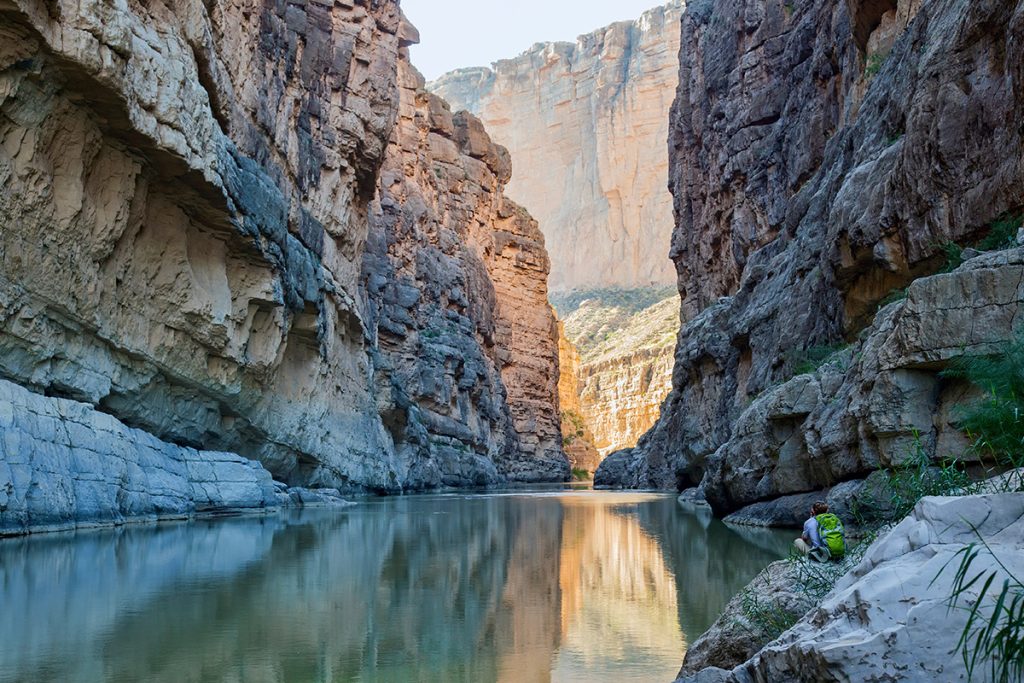
Known for its rugged mountains, canyons and the Rio Grande River. Big Bend is a haven for outdoor enthusiasts, offering a variety of activities such as hiking, camping, backpacking and river rafting. The two main campgrounds that offer RV and tent camping include the Rio Grande Village campground and the Chisos Basin campground. There are also many opportunities for backcountry camping as long as you obtain a permit.
One of the most popular spots for desert camping is Joshua Tree National Park, which offers a variety of options, including developed campgrounds and backcountry camping. The park is home to a diverse array of plant and animal life, as well as stunning rock formations and views of the surrounding desert landscape. For more info, make sure to take a look at our guide on the top Joshua Tree National Park attractions and activities.
This is a hidden gem for desert camping enthusiasts. Anza-Borrego offers a unique and diverse desert experience, from the rolling sand dunes to the rugged mountains and canyons. The park encompasses over 600,000 acres of wilderness, making it the largest state park in California.
The BLM offers a variety of dispersed camping opportunities, with no fees or reservations required. Dispersed camping in the desert can be a great way to steer away from the crowds and immerse yourself in the rugged beauty of the desert landscape. You'll want to make sure you have all the equipment and necessary supplies for camping on BLM as there won't be any amenities.
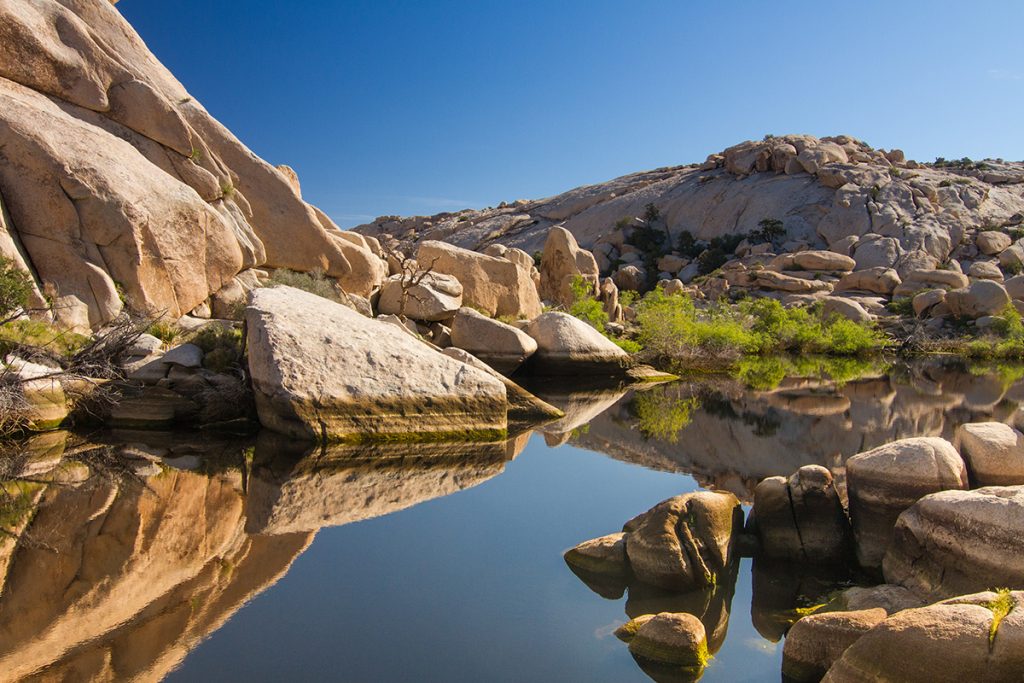
Explore the Desert
To some, desert camping might seem daunting because of the harsh conditions and venomous creatures. Although there is some truth to this, the desert is also a magical place that offers a unique experience unlike anywhere else. The vast landscape and natural beauty of the desert will keep you awestruck. As long as you take precautions, plan accordingly and respect the desert habitat, you'll have a great time exploring the serenity it offers.
Featured image by PiLensPhoto.


